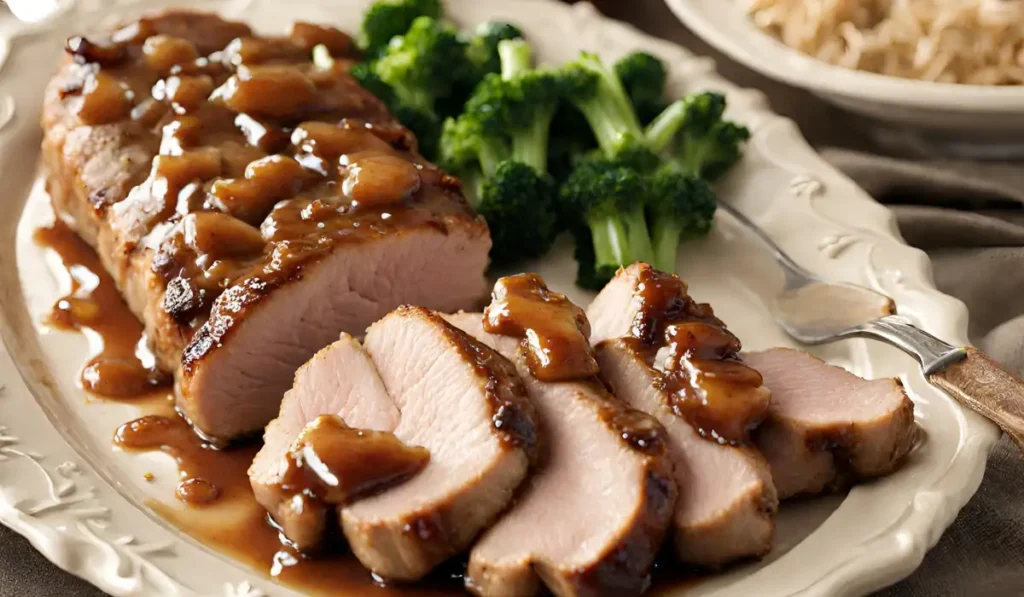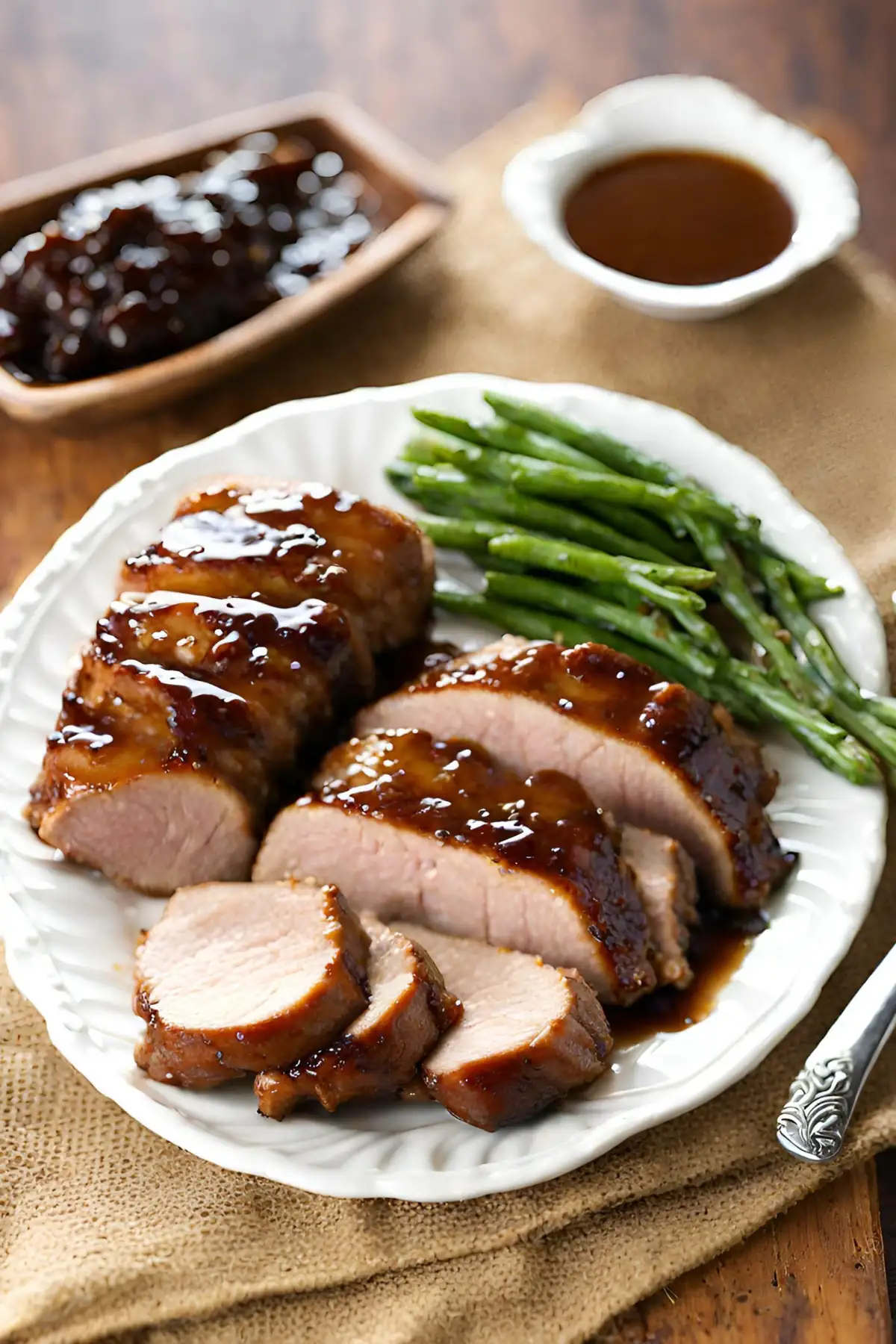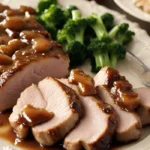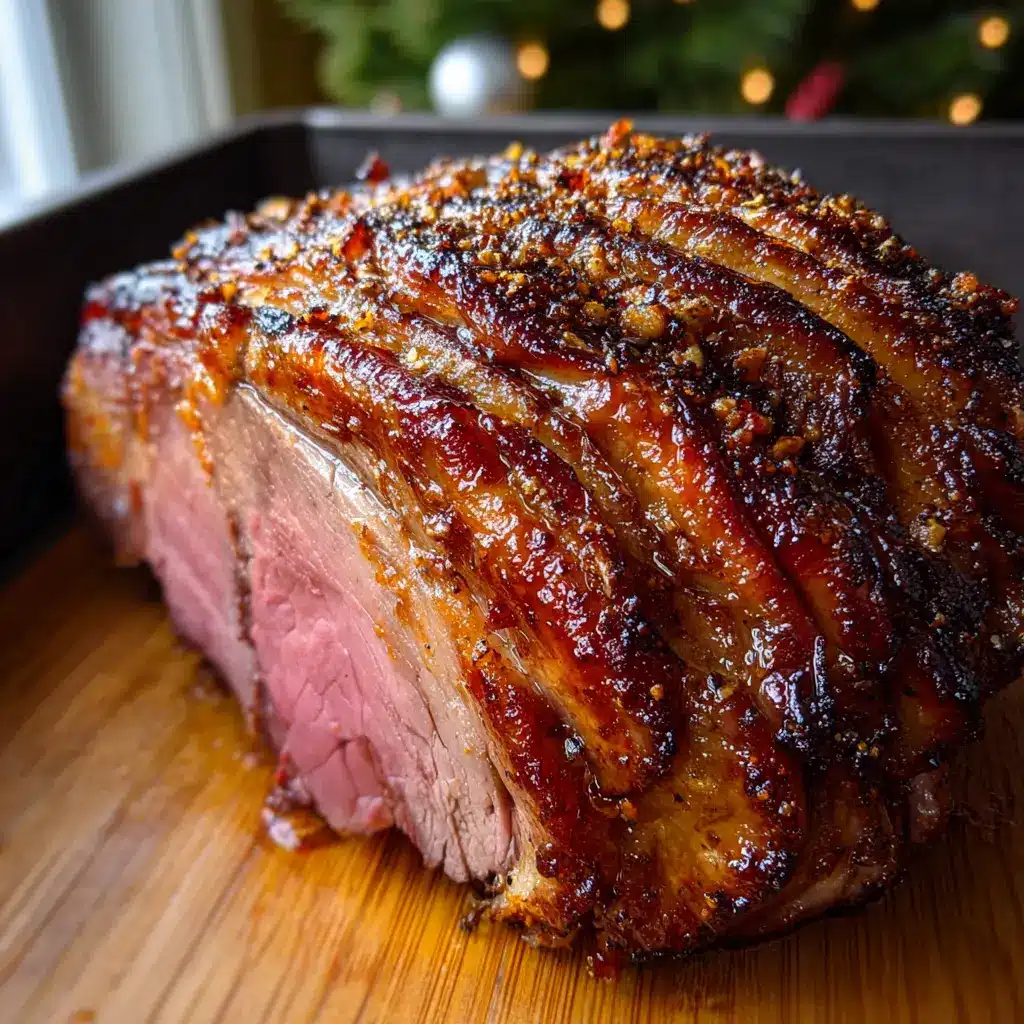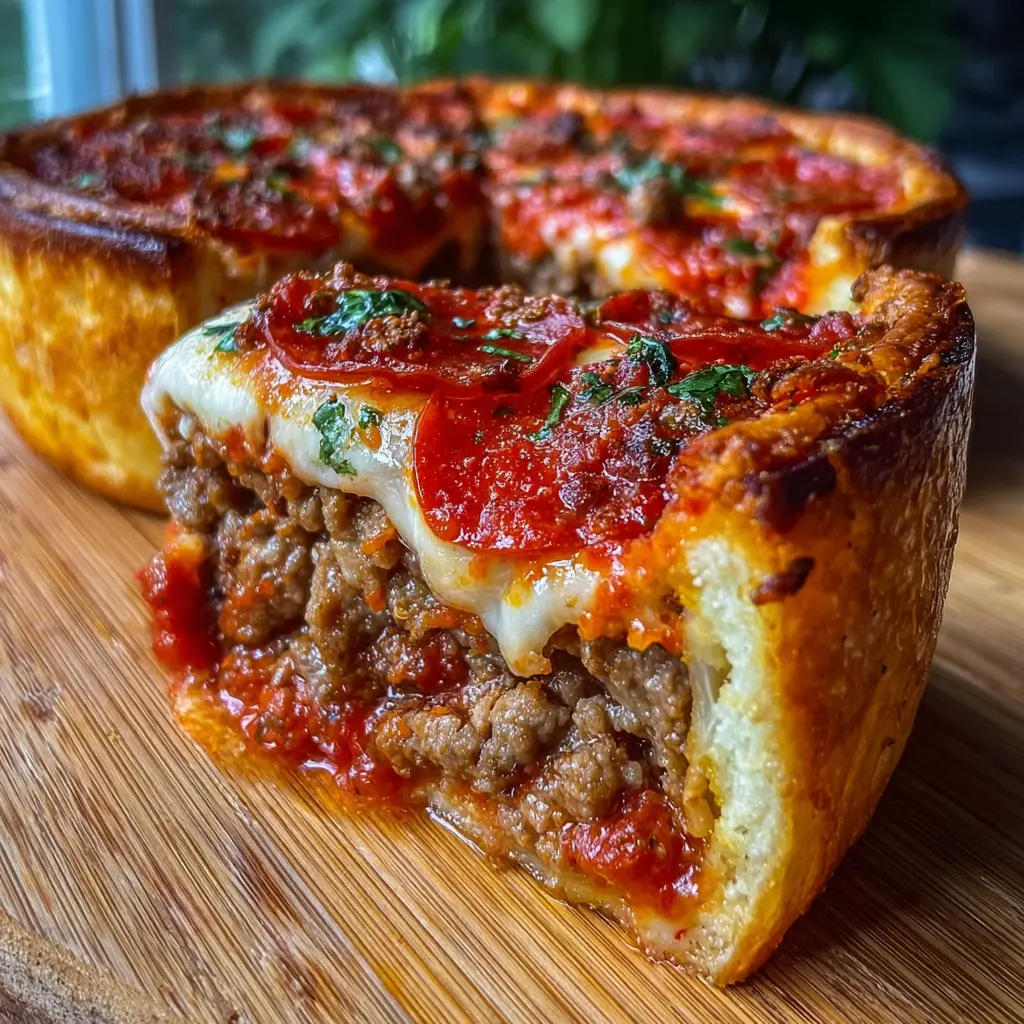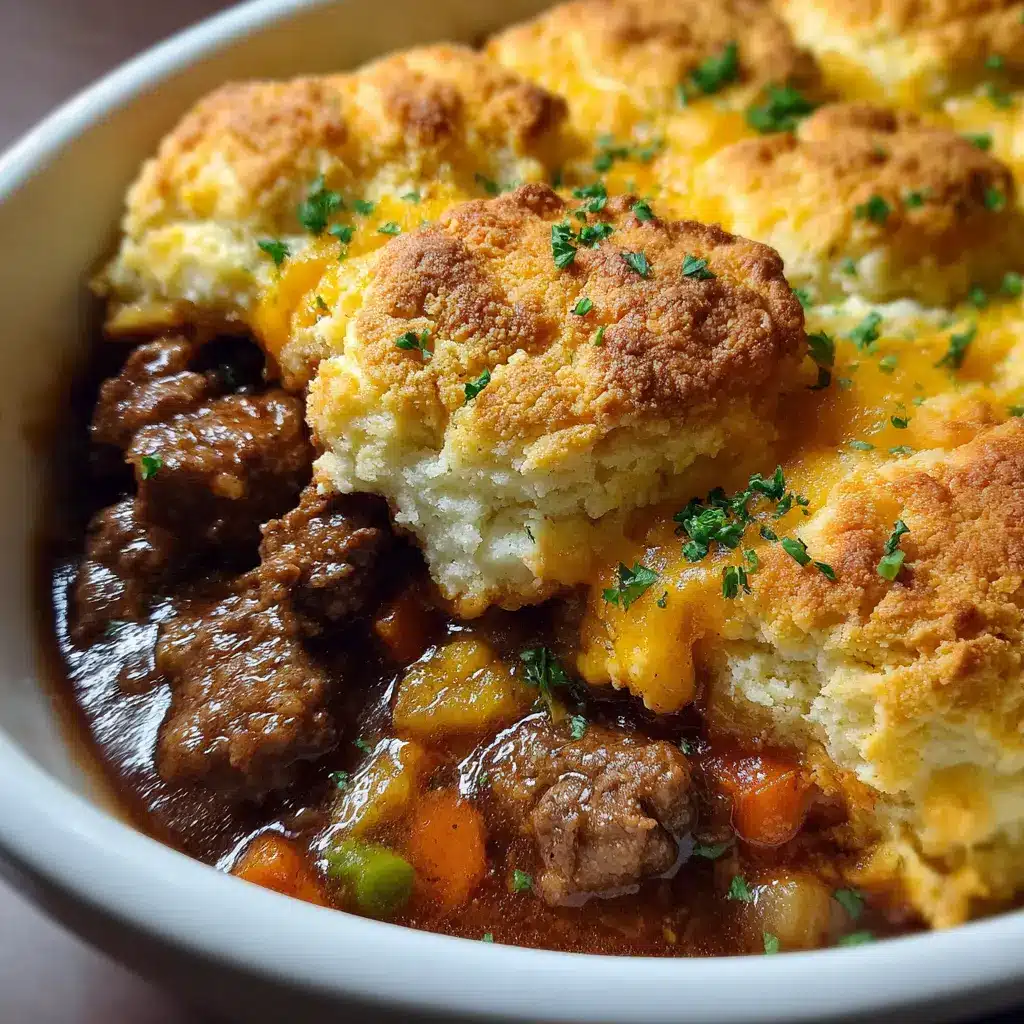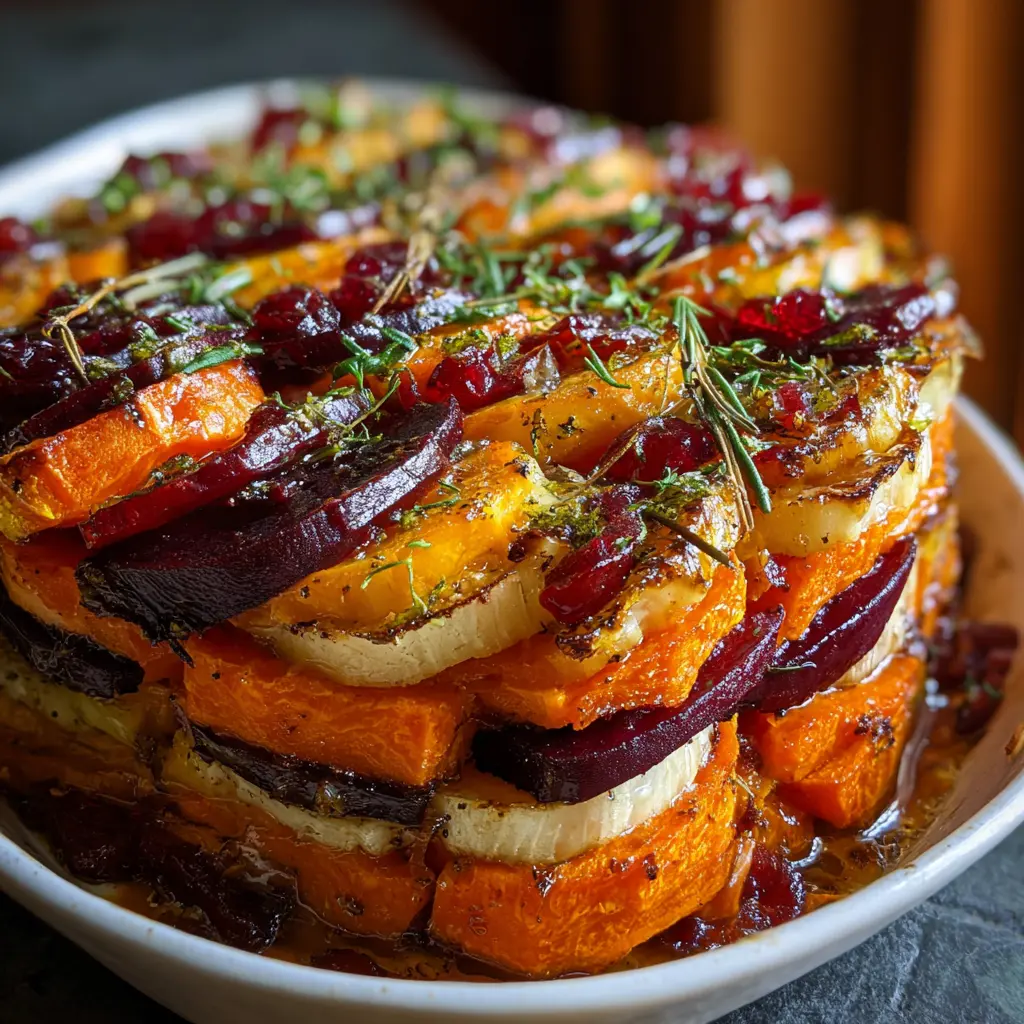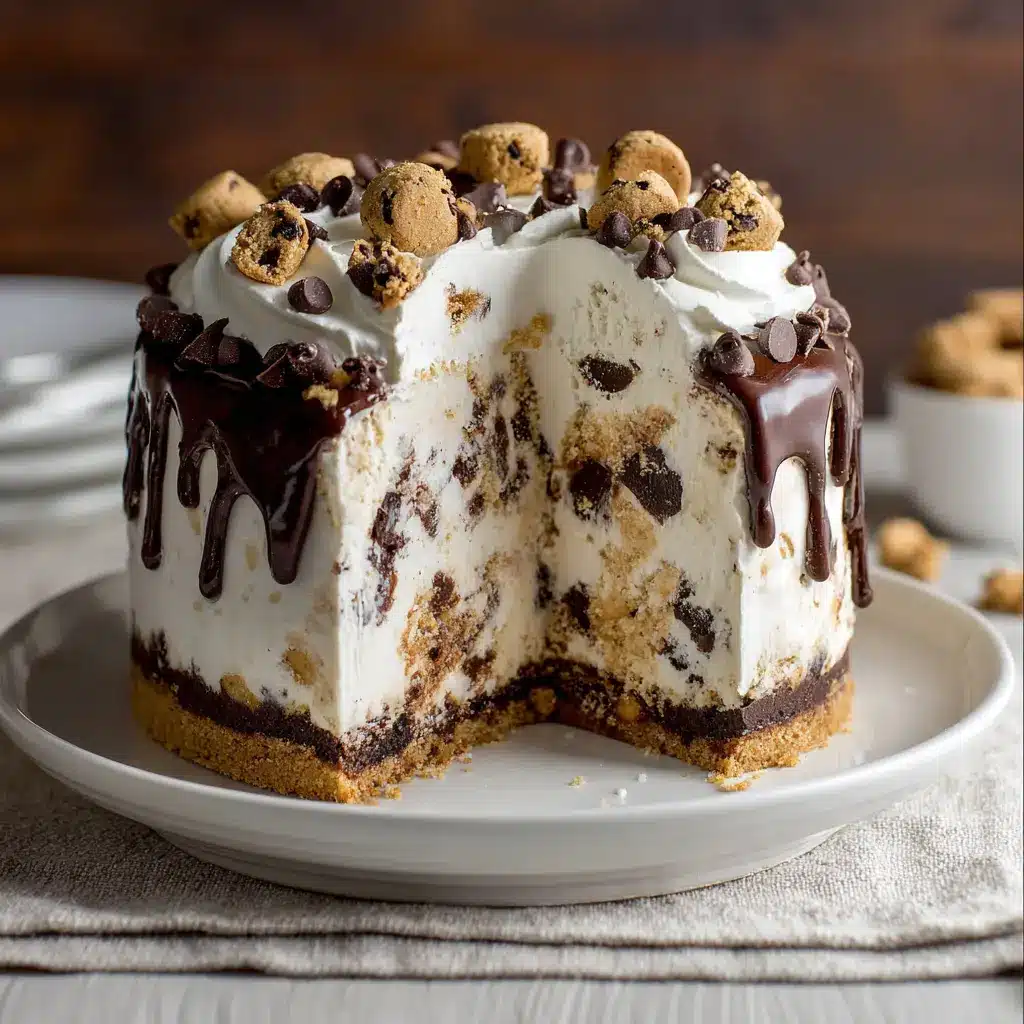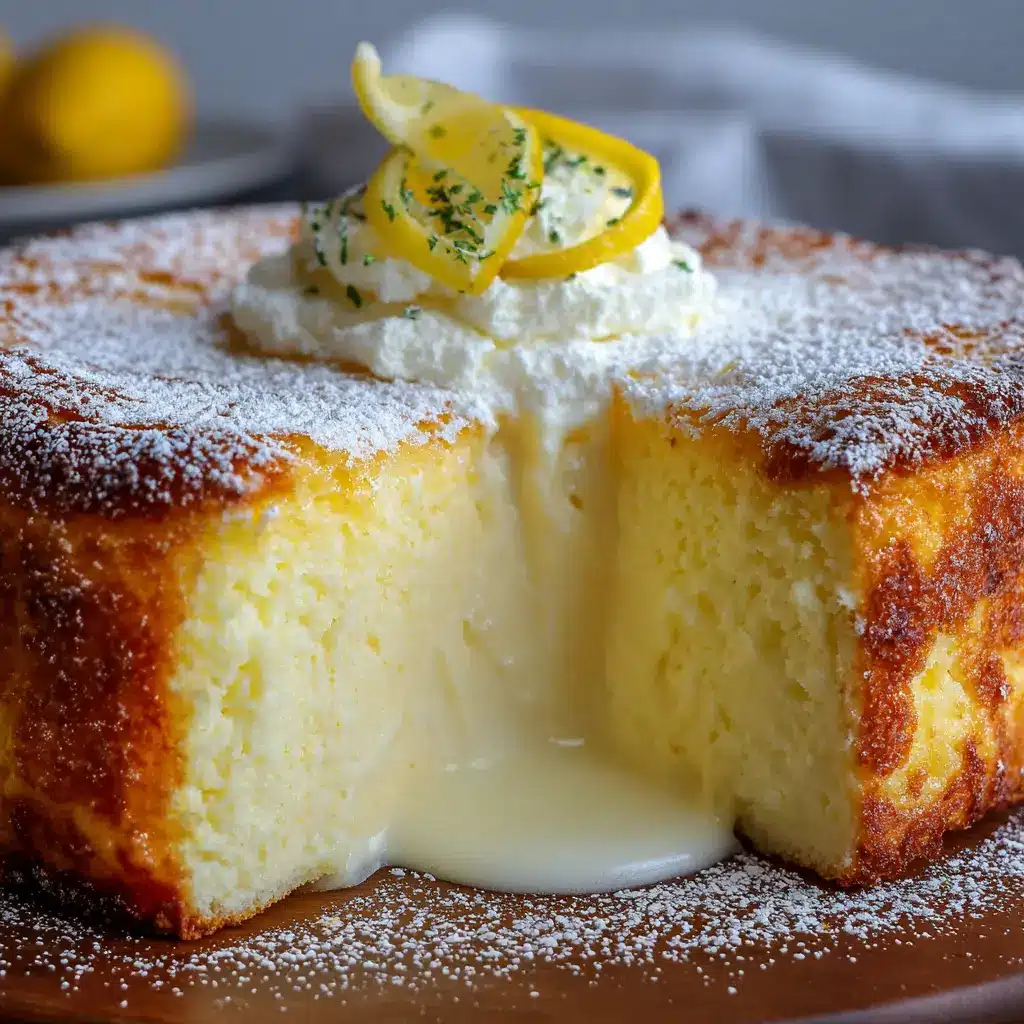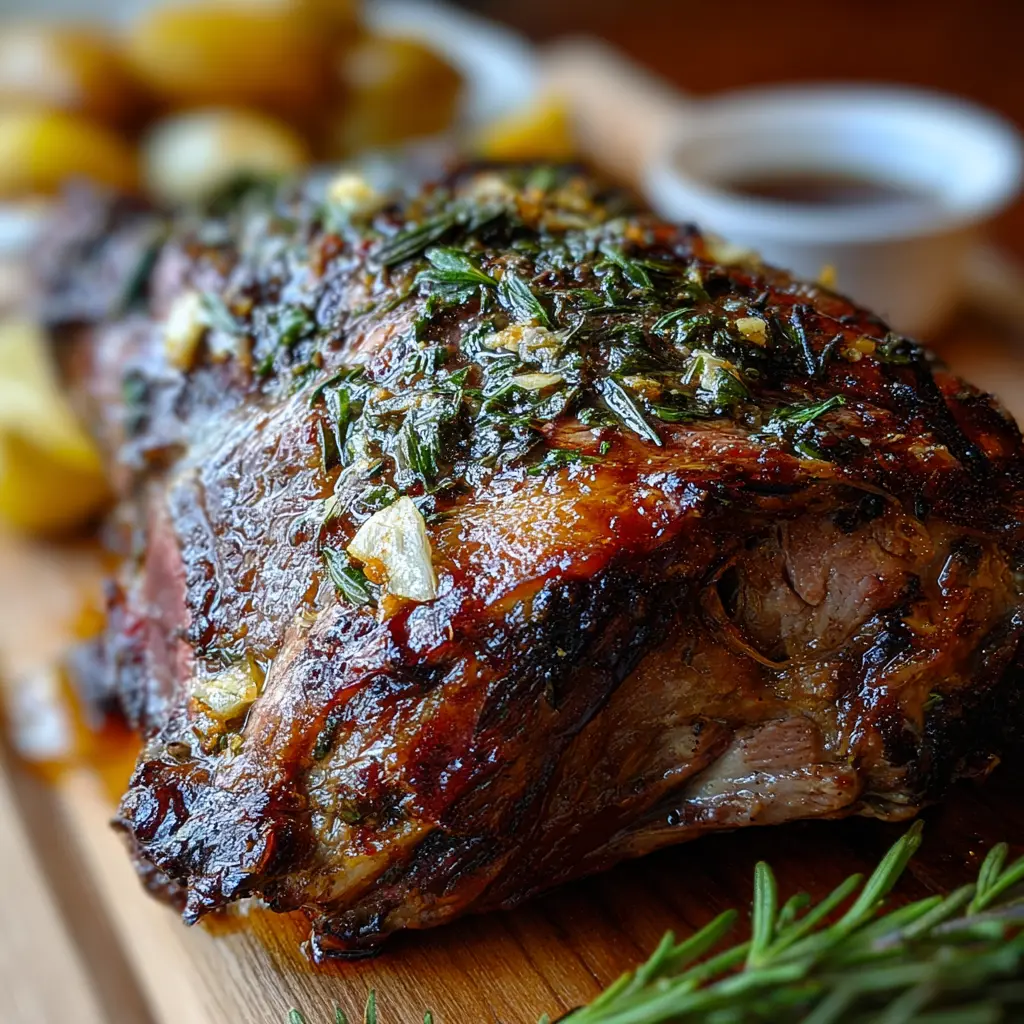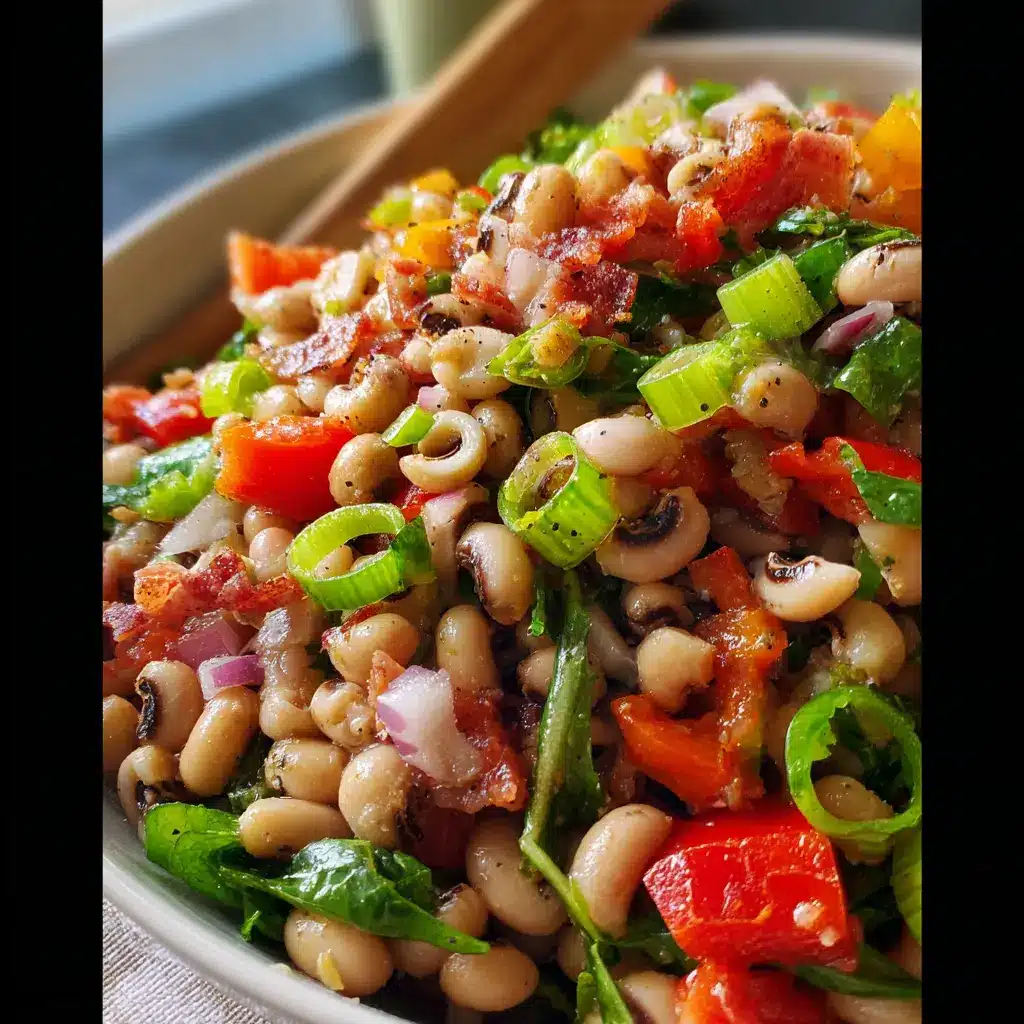Introduction to Maple Brown Sugar Pork Tenderloin
Maple Brown Sugar Pork Tenderloin combines the tender, juicy qualities of pork tenderloin with the sweet richness of maple syrup and brown sugar. This dish stands out for its balance of flavors and ease of preparation, making it a perfect option for both weeknight dinners and special occasions. The caramelized glaze that forms on the tenderloin not only enhances its flavor but also contributes to a delightful texture contrast. The popularity of this dish is due in part to its simplicity and the universally appealing combination of sweet and savory elements.
Historical Background
- The use of pork tenderloin dates back centuries, originally served in aristocratic European kitchens due to its tenderness and refined taste. Over time, it became a staple in various cuisines, adapting to regional flavors and cooking methods.
- The combination of maple and brown sugar in cooking is a distinctly North American tradition, stemming from the indigenous use of maple syrup. This natural sweetener was adopted by early settlers and has remained a favorite in American kitchens for its rich flavor and versatility.
- The fusion of these ingredients in pork recipes represents a marriage of Old World traditions and New World flavors, a testament to the evolving nature of culinary arts. For more on the history of these ingredients, visit Maple Syrup Producers Association.
Importance of Quality Ingredients

- Choosing the right cut of pork is crucial for this recipe. The tenderloin, being one of the most tender parts of the pig, is ideal for quick roasting and absorbs flavors well. Its leanness also offers a healthy option for meat lovers.
- The quality of maple syrup and brown sugar directly affects the dish’s final taste. Pure, grade-A maple syrup and fresh, organic brown sugar can significantly enhance the depth and richness of the glaze, contributing to a more authentic and indulgent experience.
- Investing in high-quality ingredients not only elevates the dish but also supports sustainable and ethical farming practices. To understand more about selecting the best pork cuts, refer to the National Pork Board.
The emphasis on quality and tradition in preparing Maple Brown Sugar Pork Tenderloin showcases the dish’s timeless appeal and highlights the importance of each component. By adhering to these principles, you can create a memorable meal that delights the senses and honors the rich history behind each ingredient.
Essential Ingredients
For a succulent Maple Brown Sugar Pork Tenderloin, you’ll need:
- Pork tenderloin: The star of the dish, known for its tenderness and flavor.
- Maple syrup: Provides a natural sweetness and rich flavor to the glaze.
- Brown sugar: Adds depth and a caramel-like sweetness to the pork.
- Olive oil: Helps in searing the pork and adds a subtle flavor.
- Garlic powder, salt, black pepper, chili powder, and paprika: A blend of spices that enhances the meat’s natural flavors.
- Butter: Adds richness and helps to thicken the glaze.
Preparation Steps
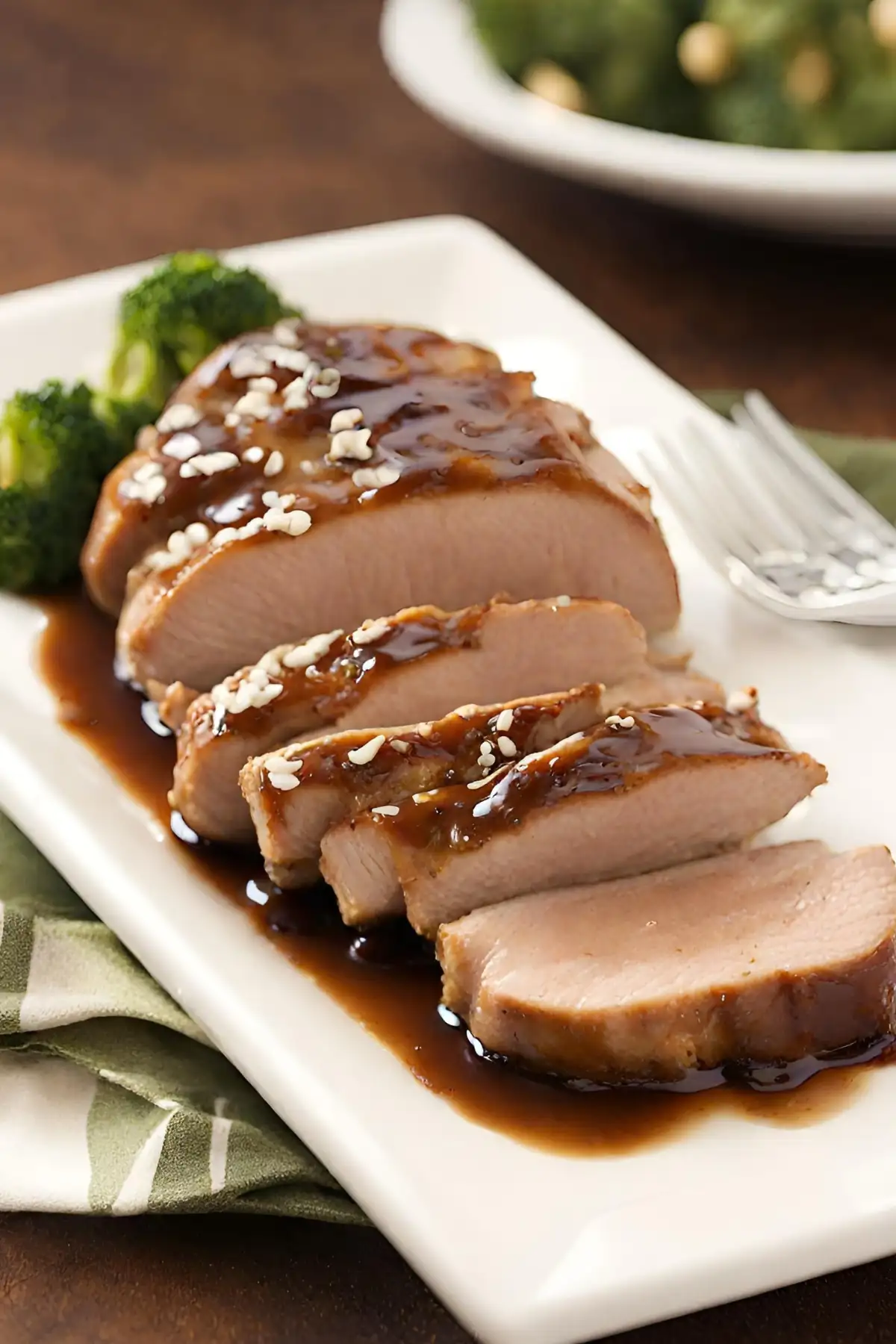
- Begin by marinating the pork tenderloin. Mix garlic powder, salt, black pepper, chili powder, and paprika in a bowl. Rub this mixture all over the tenderloin, ensuring it’s well-coated. This not only seasons the meat but also helps to form a flavorful crust.
- For the maple brown sugar glaze, combine pure maple syrup, brown sugar, and a tablespoon of butter in a saucepan. Heat over medium until the sugar dissolves and the mixture thickens slightly. This glaze will add a sweet and sticky coating, enriching the pork’s flavor profile.
Cooking Process
- Preheat your oven to 400°F. While it’s heating, place a skillet over medium-high heat and add a splash of olive oil. Once hot, sear the pork tenderloin on all sides until golden brown, about 5-6 minutes total. Searing locks in the flavors and juices, creating a more succulent final dish.
- Transfer the seared tenderloin to a baking dish. Brush generously with the maple brown sugar glaze, reserving some for later. The glaze should cover the pork entirely to infuse its flavors during the roasting process.
- Place the pork in the preheated oven and bake. The key to perfectly cooked pork tenderloin is not overcooking it. Bake until the internal temperature reaches 145°F, typically about 20-25 minutes. Using a meat thermometer is crucial for this step, as it ensures the pork is cooked safely without becoming dry.
- Once the pork reaches the desired temperature, remove it from the oven and let it rest for at least 5 minutes before slicing. This resting period allows the juices to redistribute, ensuring the meat is moist and flavorful.
- While the pork is resting, reheat the remaining glaze. Pour it over the sliced tenderloin before serving to add an extra layer of sweetness and shine.
For a successful cooking experience, remember these tips:
- Don’t skip the searing step; it’s essential for flavor and texture.
- Keep an eye on the oven thermometer to avoid overcooking.
- Let the meat rest before slicing to retain its juices.
By following these detailed instructions, you’ll create a mouthwatering Maple Brown Sugar Pork Tenderloin that’s perfect for any occasion. For additional cooking tips and pork recipes, visit the National Pork Board.
Tips and Tricks
Choosing the Right Cut Understanding the differences between pork loin and pork tenderloin is crucial:
- Pork loin is a wider, flatter piece of meat that comes from the back area. It’s larger, often sold with a fat cap, and is suitable for slicing into chops or roasting whole.
- Pork tenderloin, on the other hand, is a long, thin cut from the muscle along the backbone. It is renowned for its tenderness and quick cooking time, making it ideal for the Maple Brown Sugar recipe.
Cooking Temperatures and Times
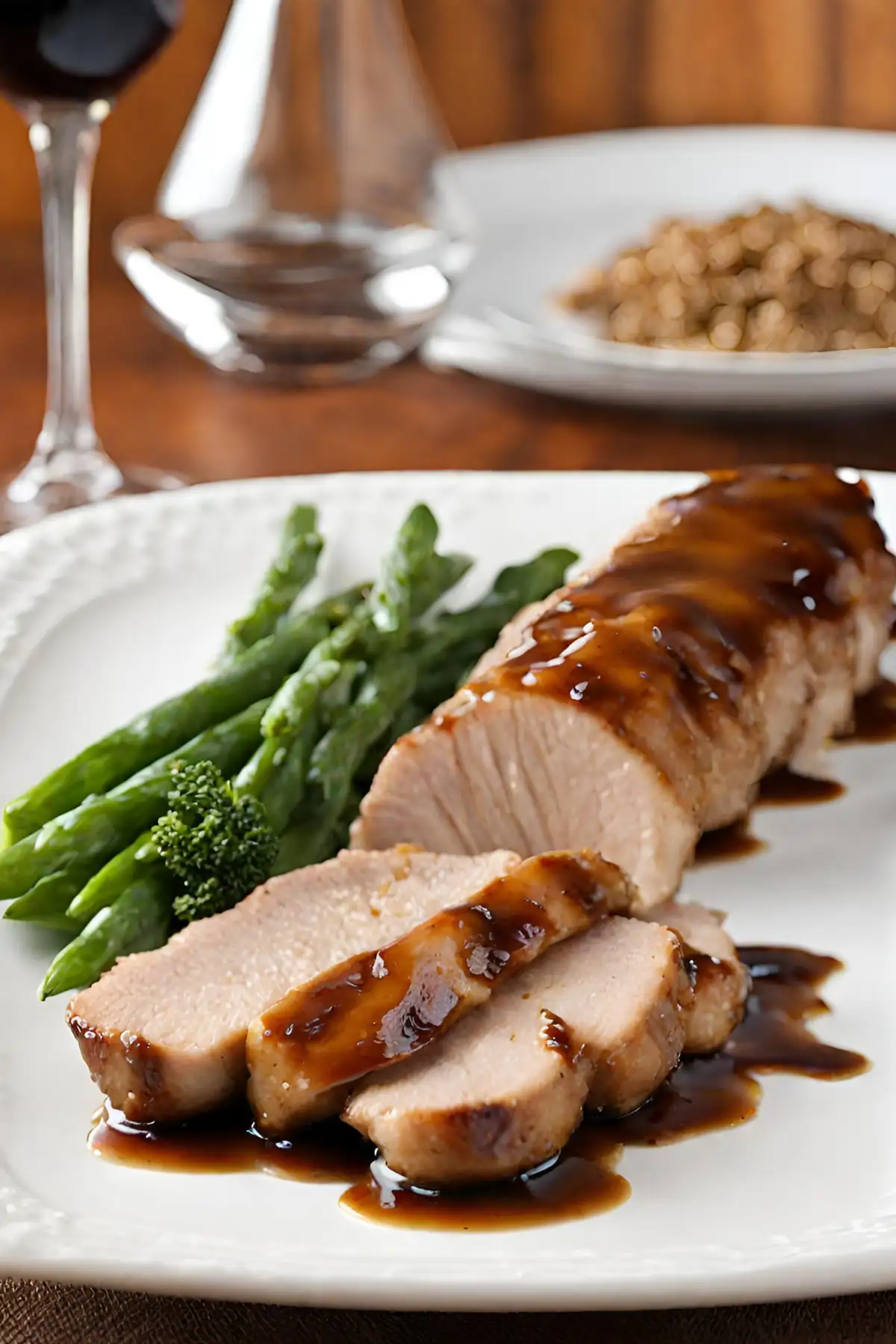
- The ideal internal temperature for pork tenderloin is 145°F for medium-rare and 160°F for medium. These temperatures ensure the meat is cooked safely while remaining juicy and flavorful.
- Use a meat thermometer to accurately measure the internal temperature. Remember, the pork will continue to cook slightly after being removed from the oven, a process known as carryover cooking.
Resting and Slicing
- Resting the pork tenderloin is essential. Allow it to sit for at least 5-10 minutes after cooking. This pause lets the juices redistribute, resulting in a moister and more flavorful meat.
- Slice the tenderloin against the grain for the most tender eating experience. Sharp knives and thin slices will enhance the texture and presentation of the pork.
Serving and Pairing
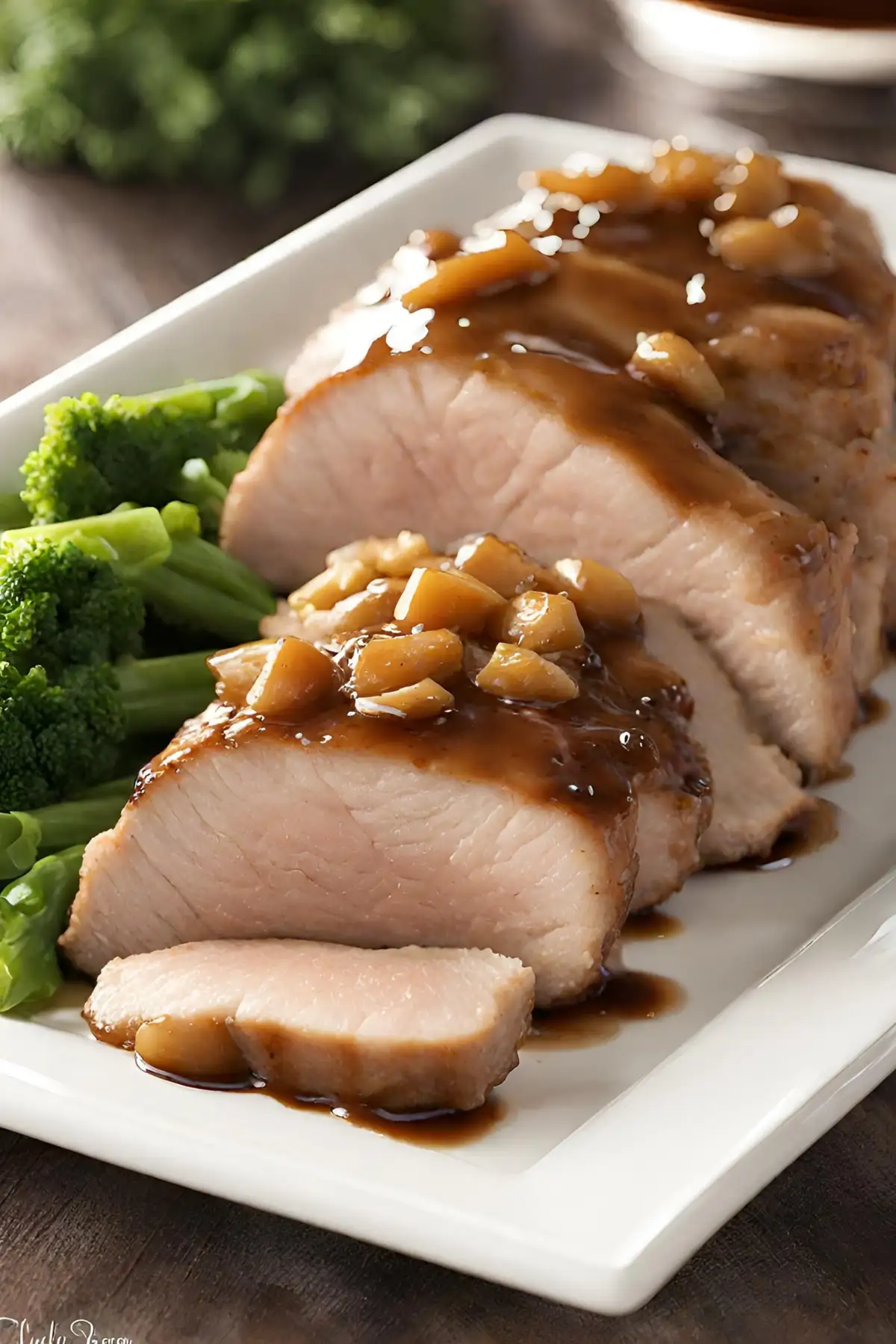
Side Dishes Pair your Maple Brown Sugar Pork Tenderloin with:
- Roasted vegetables like Brussels sprouts or sweet potatoes to complement the sweetness of the glaze.
- Mashed potatoes or creamy polenta to balance the dish’s flavors.
- A light salad with a vinaigrette dressing to add a fresh, acidic counterpoint to the rich pork.
Wine and Beverage Pairings
- Choose a medium-bodied red wine like Pinot Noir or a light-bodied Zinfandel to balance the pork’s sweetness without overwhelming its flavors.
- For white wine lovers, a Riesling or Chardonnay with mild oak can complement the dish’s sweetness.
- Non-alcoholic options include apple cider or a tart cherry juice, both of which echo the dish’s autumnal flavors.
Selecting the right sides and drinks can elevate your Maple Brown Sugar Pork Tenderloin from a simple meal to a memorable dining experience. Explore more pairing ideas and recipes at Food & Wine.

